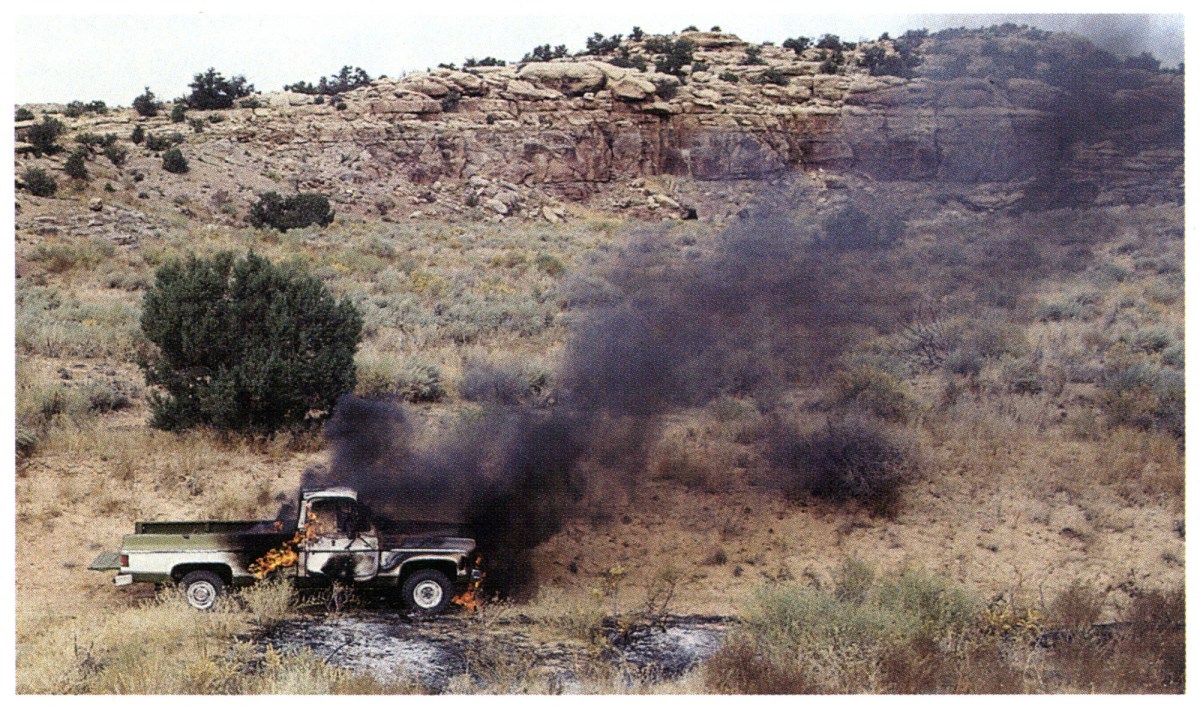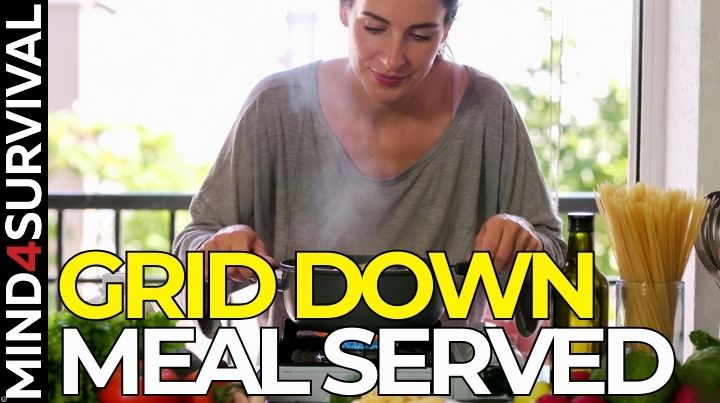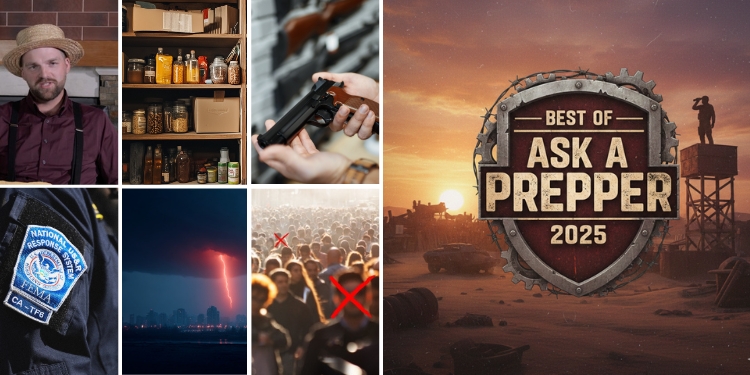How to Prepare for and Survive a Flash Flood
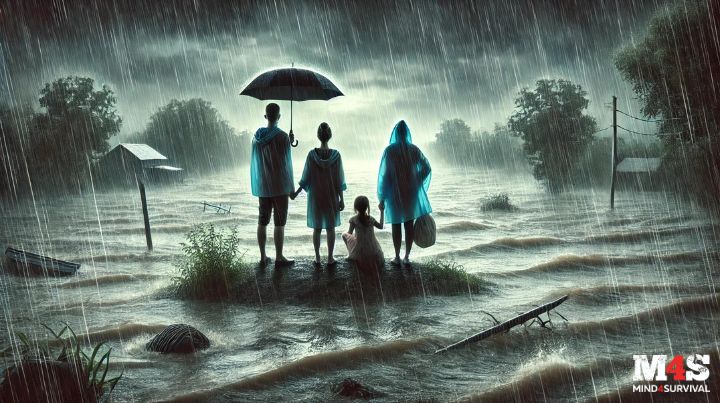
Podcast: Play in new window | Download
Flash floods happen fast, often with little to no warning. These natural disasters can transform a calm day into a life-threatening situation within minutes. With the right preparation, you can protect yourself and your loved ones from their devastating effects. This guide outlines practical steps and tips to help keep you safe when the waters rise.
Quick Look at What You’ll Learn
Understanding Flash Floods
What Are Flash Floods?
Flash floods occur when a sudden surge of water overwhelms low-lying areas. Heavy rains, dam breaks, or rapid snowmelt can cause these floods. What sets flash floods apart from regular floods is their speed—there’s little time to react. These floods can hit within minutes or hours of the trigger event, leaving minimal room for error.
Whether at home or on the road, being unprepared for a flash flood can have serious consequences. That’s why it’s crucial to understand what makes flash floods so dangerous and how to react quickly when they occur.
Why Flash Floods Are So Dangerous
The power of moving water is often underestimated. Even a small amount of fast-moving water—just six inches—can knock a person off their feet. A foot of water is enough to sweep away vehicles. Statistics show that flash floods are one of the leading causes of weather-related deaths in the U.S., killing hundreds each year. In fact, more than 50% of flood-related deaths occur when vehicles are driven into floodwaters(Weather.gov)(Flood Safety). Most of these deaths could have been prevented with proper awareness and preparation.
Before the Flood: Steps to Take
Know Your Area
Understanding your local risks is the first step in flood preparation. Do you live in a flood-prone area or near a river? Are there low-lying regions nearby? Familiarize yourself with your region’s flood zones and pay attention to weather reports, especially during rainy seasons. Many areas provide flood zone maps, which can give you a clearer picture of your risk level.
Build an Emergency Kit
Having an emergency kit ready can make all the difference when minutes matter. This kit should include essential items such as bottled water, non-perishable food, a flashlight, extra batteries, and first aid supplies. Also, ensure that important documents are stored in waterproof containers. You may want to add a whistle, spare clothes, and medications that family members need.
In addition, consider having a backup power supply like a battery bank for cell phones. Communication becomes crucial during emergencies, and ensuring that your devices stay powered can be a literal lifesaver.
Create a Communication Plan
Roads may become impassable in a flood, and cell service could fail. Developing a family communication plan will ensure that everyone knows what to do. Set up meeting points at safe locations in case you’re separated. Assign a family member outside the area to serve as a point of contact to check in with. This simple step can reduce panic and confusion during a high-stress situation.
What to Do During the Flood
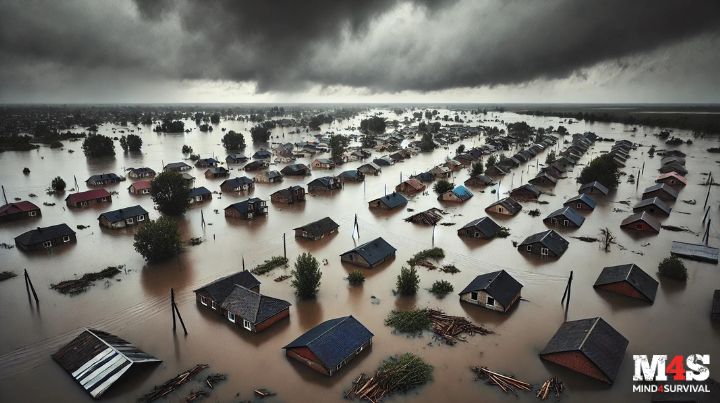
Get to High Ground Immediately
The moment a flood warning is issued or you notice water levels rising, it’s time to act. Move to higher ground as quickly as possible. Avoid low-lying areas, as they fill up with water faster than you may think.
If you’re driving and notice water rising around you, abandon your vehicle. Cars can be swept away in as little as 18-24 inches of water (Wikipedia), and it’s not worth the risk of trying to push through. Always prioritize your safety over your property.
Avoid Floodwaters
Walking or driving through flooded areas can be tempting, but even shallow floodwaters are deceptively dangerous. Just six inches of fast-moving water can knock you off your feet, and the current can carry you away before you even have a chance to react. Cars stall in just 12 inches of water, leaving you stranded. The murkiness of floodwaters also hides hazards like sharp debris, open manholes, and collapsed roadways.
The best practice is to avoid floodwaters altogether. Turn around and find a safer route.
After the Flood: Recovery Tips
Returning Home Safely
Once the floodwaters recede, the danger isn’t necessarily over. Before re-entering your home, check for structural damage, as floods can weaken foundations and walls. Look out for downed power lines or gas leaks. If you suspect gas leaks, do not enter the home—call your utility provider immediately.
Flooded homes are breeding grounds for contamination. The water likely carried sewage, chemicals, and other harmful substances into your space. When cleaning up your home, take necessary precautions by wearing protective gear, including gloves, boots, and masks.
Cleaning and Health Precautions
Cleaning up after a flood isn’t just a matter of mopping up water—it’s a full-scale decontamination process. Floodwater can harbor bacteria, mold, and other harmful pathogens. Disinfect all surfaces and dispose of items that can’t be thoroughly cleaned.
Mold growth is another health hazard after a flood. Mold can begin to form within 24-48 hours of water damage, so you’ll want to act quickly to dry out your home. Use fans, dehumidifiers, and open windows to ventilate the space as much as possible. If the mold growth is extensive, consider hiring a professional service to handle it.
Emotional Recovery
The Toll of Trauma
The impact of a flash flood goes beyond the physical damage. Surviving such a disaster can take a heavy emotional toll on you and your family. Anxiety, stress, and fear are common after living through a flood, especially when facing the uncertainty of rebuilding your home and life.
Don’t hesitate to seek help if you’re feeling overwhelmed. Talking to a counselor or even friends and neighbors who’ve been through similar situations can help you cope. Remember that recovering from trauma takes time, and it’s okay to ask for support when you need it.
The Bottom Line
Flash floods are a powerful force of nature, but you can face them confidently with the right preparation and mindset. It’s not about living in fear—it’s about being ready. By understanding your risk, preparing an emergency kit, and having a communication plan, you can keep yourself and your loved ones safe when the unexpected happens.
Stay safe,
Read the full article here





